Is it worth washing buckwheat before cooking, frying, or sprouting?
Buckwheat has a number of useful qualities: it increases hemoglobin, satisfies hunger quickly and for a long time, and contains a number of vitamins and minerals. The cereal will retain microelements if the rules for its preparation are followed. One of the generally accepted methods is to wash buckwheat before cooking.
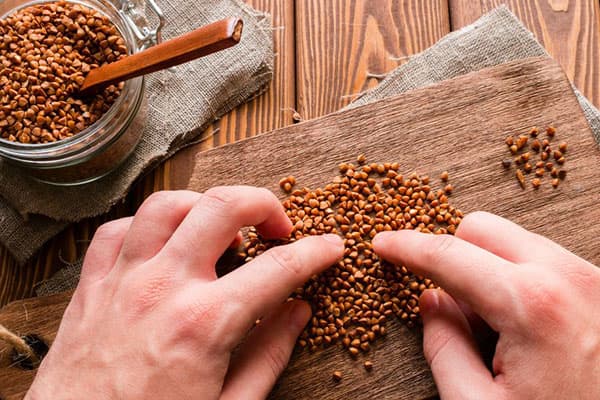
Preparing buckwheat for cooking
To make the cereal edible and palatable, while remaining healthy, it is prepared in one of the following ways:
- They cook. At the same time, the cereal becomes tender and soft.
- Fry, and then boil, then the buckwheat will be denser and more crumbly.
- Steam in hot water. As a result, the cereal remains dense and crumbly.
- Leave overnight in kefir. In this form, the grains remain coarse, and saturation occurs quickly.
- Sprouted in water to increase usefulness.
Regardless of the cooking method, it is recommended to wash buckwheat. The cereal will be finally cleared of dust and sand particles, small pebbles and other inedible inclusions.
Usually the manufacturer warns about the need for rinsing, but sometimes there are no preparation recommendations. This does not mean that the cereal is perfectly clean. It needs to be washed “by default”.
Where does the garbage come from in buckwheat?
The quality of buckwheat is determined by GOST R 55290-2012. According to the standard, cereals are sold in the form of steamed or unsteamed buckwheat kernels (whole grains) and podel (cracked buckwheat kernels). The product is valued for its absence of pesticides and genetic modification, but the kernels require additional purification.
According to established standards, finished packaged cereals may contain:
- Broken kernels, flour. These are small particles that do not pass through the woven sieve No. 08 (8 holes per 1 cm2). Such impurities will not harm your health, but with them the finished porridge will be viscous.
- Grains in a fruit shell. They remain hard for a long time and spoil the consistency of the dish.
- Particles of sand, ore, small earth lumps, slag.
- Litter of organic origin: buckwheat husks, particles of cereal stems and other nearby plants.
- Poor quality kernels. This includes rotten, moldy seeds in the package.
All cereals, especially loose cereals, must be carefully inspected. It may contain black grains of a weed plant - hop ford. They must be removed manually.
Even cereals intended for baby food may contain the listed types of contaminants. Exceptions are admixtures of third-party and spoiled grains.
In premium buckwheat, the permissible value of impurities is 0.3%; There are 3 varieties in the cereal - 2 times more. To eliminate them, buckwheat must be thoroughly washed.
How to properly wash buckwheat?
To prevent organic and mineral debris from getting into your porridge, you must:
- Sort through the grains. Select uncleaned kernels and large foreign inclusions. It is most convenient to visually inspect the product in a deep, large-diameter container, distributing the grain along the bottom.
- Start rinsing by directing a stream of water into the container. When small particles float to the surface, drain the water. Then rinse the buckwheat again. Repeat the process until the water becomes clear. To ensure that no impurities remain at the bottom, during the washing process you should stir the cereal with smooth circular movements.
- To eliminate flour, you can wash the buckwheat in a fine sieve.
You should not thoroughly grind the kernels, otherwise they will be damaged and the porridge will not be crumbly.
Do I need to wash buckwheat before frying?
Calcined buckwheat, which is brown in color, does not need to be fried. All you have to do is wash it and start cooking. Green kernels, which are considered the most useful, are subjected to additional heat treatment.
When fried, the cereal acquires a pleasant aroma. If you wash it the day before, the moisture level of buckwheat will increase, calcination will partially turn into cooking, after which the grains will become semi-ready. For this reason, housewives prefer to do without washing at all, and then the impurities remain in the porridge.
To cook green buckwheat correctly, you need:
- Fry the cereal in a dry frying pan for 4-5 minutes. Readiness is determined by the appearance of a golden hue.
- Pass the cereal through a fine sieve.
- Rinse the product, add clean water and cook until tender.
You can fry buckwheat for future use. Ready golden kernels are stored in a dry, dark place and washed immediately before cooking.
How to wash green buckwheat before sprouting?
Buckwheat with small sprouts is considered the most useful. It contains 76 times more antioxidants than rice. “Live” cereal increases hemoglobin and normalizes the functioning of the nervous system. It should be prepared like this:
- Rinse green buckwheat thoroughly and remove any floating particles;
- Spread the cereal in a 2-centimeter layer, cover with clean water for 3 hours;
- place the cereal in a sieve and rinse under strong running water;
- pour into a container for germination, cover with several layers of damp gauze and cover with a lid, ensuring air access;
- put the buckwheat in a warm place (18–24 ◦C) for 12–24 hours.
The appearance of small sprouts means that the cereal is ready to eat. It can be eaten as a side dish or added to a salad.
Regardless of the cooking method and the quality of the grain, buckwheat needs to be washed. This will make it better, tastier, and the risks of foreign impurities entering the body will be completely eliminated.
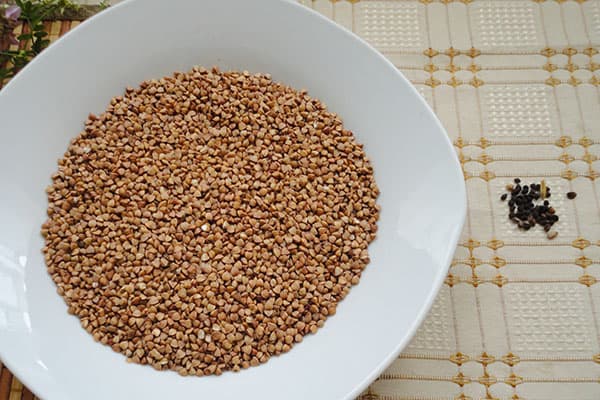
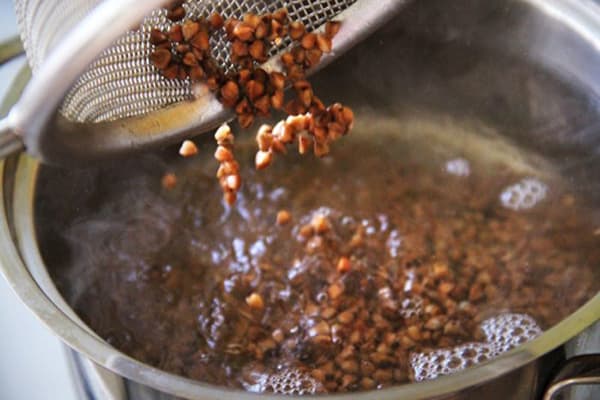
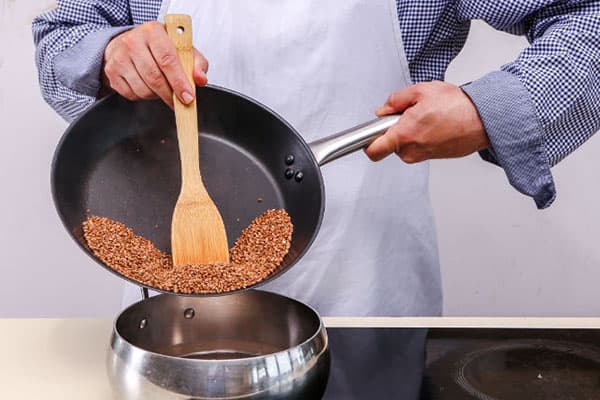
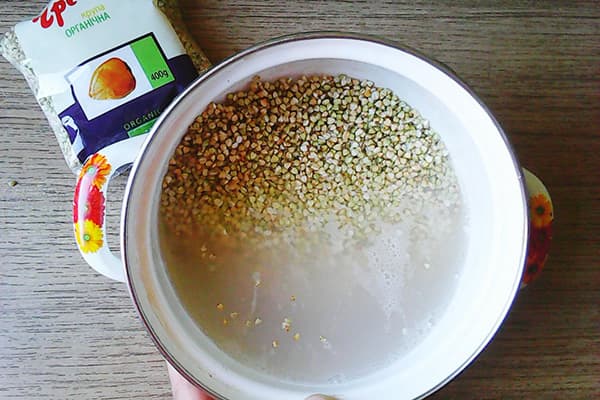
I always wash buckwheat before cooking. Depending on the company, there can be a lot of dust in it. But I have never sprouted green buckwheat. Need to try.